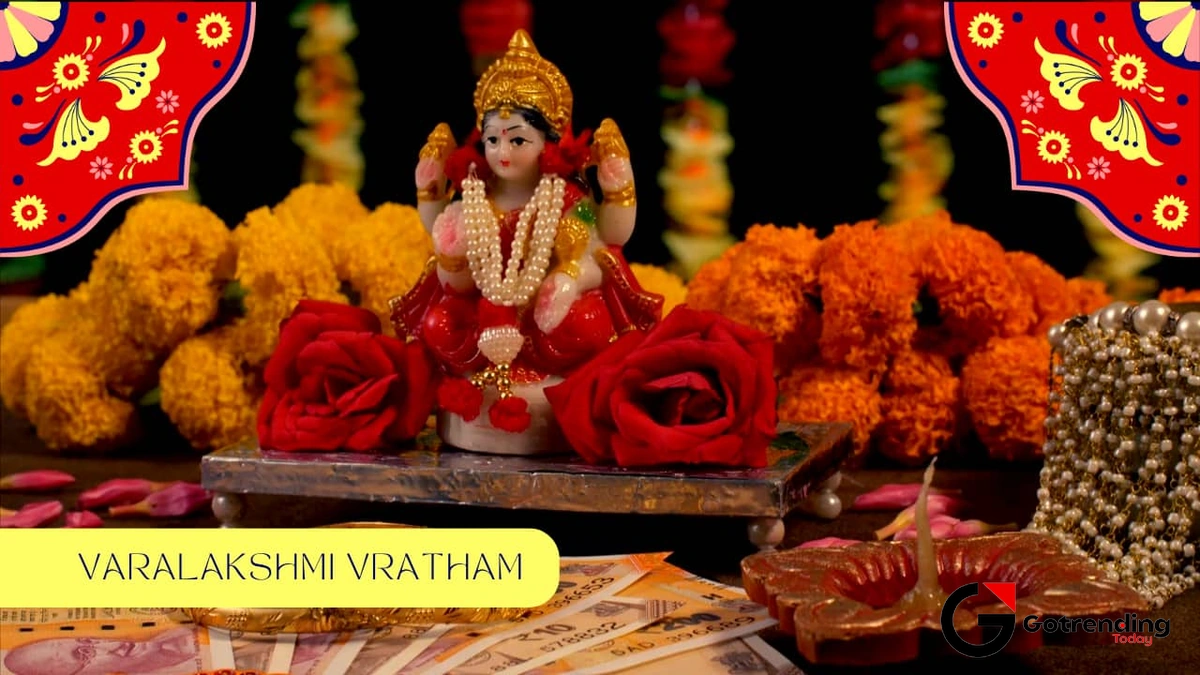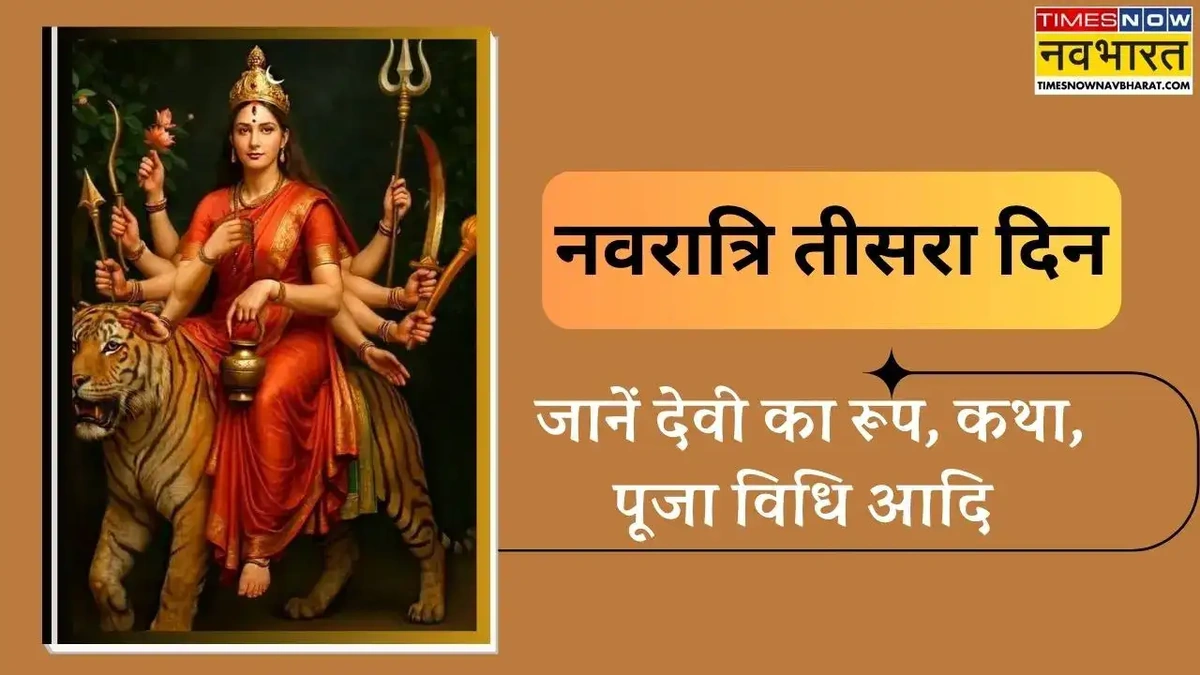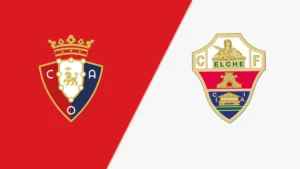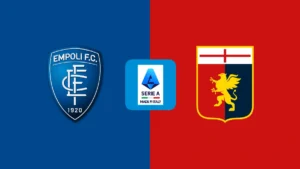Varalakshmi Vratam | It’s Not Just About Wealth. It’s About Something Far Deeper.
Let’s have a real chat. In our world of EMIs, career ladders, and endless to-do lists, the word “prosperity” usually brings one thing to mind: money. A bigger bank balance, a better car, maybe that fancy vacation we’ve been screenshotting for months. And there’s nothing wrong with that. But what if I told you there’s an ancient festival, celebrated with quiet devotion in millions of South Indian homes, that offers a radically different and frankly, far more powerful idea of what it means to be truly prosperous?
I’m talking about Varalakshmi Vratam .
On the surface, it looks like a beautiful, intricate ceremony to honour the Goddess Lakshmi, the divine embodiment of wealth. But if you pull back the curtain, you’ll find it’s not just about attracting gold and currency. It’s a profound spiritual practice aimed at cultivating a life rich in courage, health, knowledge, and peace. It’s a celebration of feminine power and a day when women become the spiritual anchors for their families, inviting holistic abundance into their homes.
So, grab your coffee. Let’s unpack why this festival is so much more than what it seems and why it feels more relevant today than ever before.
So, What Exactly is Varalakshmi Vratam? (The Divine Backstory)
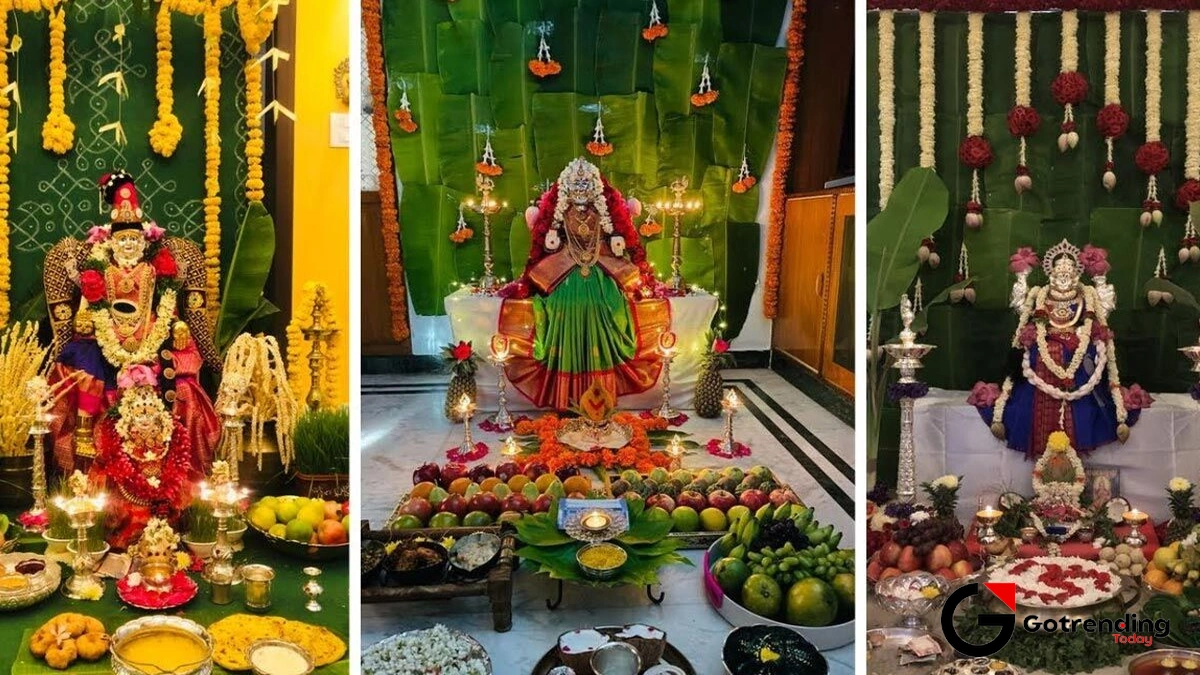
Before we get into the deep stuff, let’s cover the basics. Varalakshmi Vratam , or Varalakshmi Nombu, is a significant Hindu festival celebrated predominantly by married women ( sumangalis ) in states like Tamil Nadu, Andhra Pradesh, Telangana, and Karnataka. The timing is key: it falls on the Friday just before the full moon (Purnima) in the holy month of Shravana (Aadi in Tamil), which typically lands in July or August. If you’re wondering about the varalakshmi vratam 2024 date , you’ll want to mark your calendar for August 16th, 2024 .
The name itself is a clue. “Vara” means boons, and “Lakshmi” is, of course, the Goddess. This is the day she is in her most benevolent form, ready to grant the wishes of her sincere devotees.
The origin story, as mentioned in the Skanda Purana, is beautiful. It speaks of a devout woman named Charumathi. Pleased with her unwavering devotion to her family, Goddess Parvati asked Lord Shiva to guide her. In a dream, Lord Shiva directed Charumathi to worship Goddess Varalakshmi. When she did, performing the puja with utmost sincerity, her home was filled not just with wealth, but with peace and harmony. She shared her experience with other women, and the tradition began.
What fascinates me is that this isn’t just an ancient tale. It’s a living tradition. The heart of the vratam is the preparation of the ‘Kalasham’ a pot, usually of silver or brass, filled with rice, water, coins, and betel leaves, and topped with a coconut and mango leaves. This Kalasham isn’t just a pot; it’s decorated with a sari, jewellery, and flowers until it is transformed into a physical representation of the Goddess Lakshmi herself. It’s a powerful act of invoking the divine into one’s own home.
Beyond the Gold | Unpacking the Deeper Meaning of ‘Ashta Lakshmis’
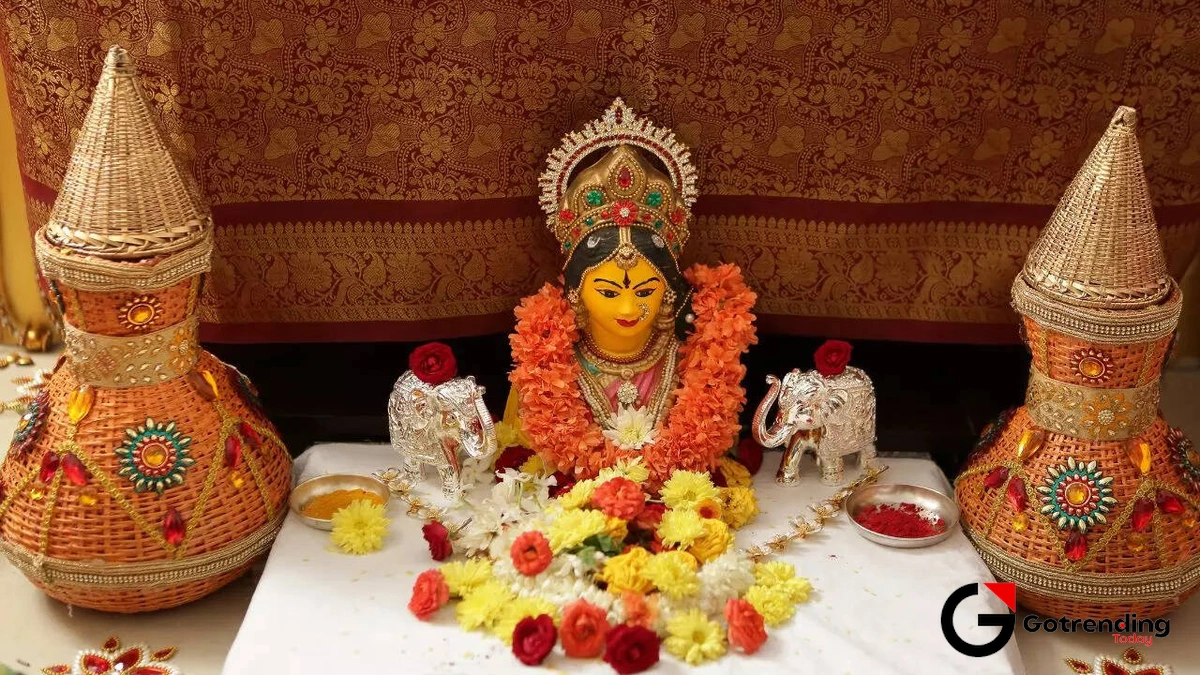
Here’s where things get really interesting. When we say “Lakshmi,” most of us default to Dhana Lakshmi (the giver of money). But in Hindu tradition, prosperity is a multi-faceted gem. The Vratam is actually a prayer to the Ashta Lakshmis , the eight divine forms of the goddess, each representing a different, vital pillar of a truly abundant life.
Let’s break them down, because this is the core of why the festival is so powerful:
- Adi Lakshmi (The Primal Mother): This is about our spiritual core. The connection to the source, inner peace, and spiritual wealth.
- Dhairya Lakshmi (The Giver of Courage): Life throws curveballs. This is the prayer for the strength, patience, and resilience to face them head-on.
- Dhanya Lakshmi (The Giver of Grain): This represents nourishment in its purest form—health, food on the table, and freedom from hunger. The foundation of all other pursuits.
- Gaja Lakshmi (The Giver of Power): Often depicted with elephants, she symbolizes authority, influence, and the power to move obstacles from your path.
- Santana Lakshmi (The Giver of Progeny): This is about family, legacy, and the joy of children. It represents the continuation of life and love.
- Vidya Lakshmi (The Giver of Knowledge): The prayer for wisdom, skills, and the arts. Because true wealth is also what you know and the creativity you possess.
- Vijaya Lakshmi (The Giver of Victory): This is the blessing for success in all our endeavours, overcoming hurdles, and achieving our goals.
- Dhana Lakshmi (The Giver of Wealth): And yes, finally, this includes material wealth, gold, and property.
See the difference? Performing the Varalakshmi Pooja is like a spiritual 360-degree review. You’re not just asking for a raise. You’re asking for the courage to earn it, the health to enjoy it, the wisdom to manage it, and the family to share it with. It’s a holistic vision for a good life, a concept that feels incredibly modern and necessary. This deeper meaning is a significant part of the significance of Indian holidays .
The Vratam as a Celebration of Feminine Power
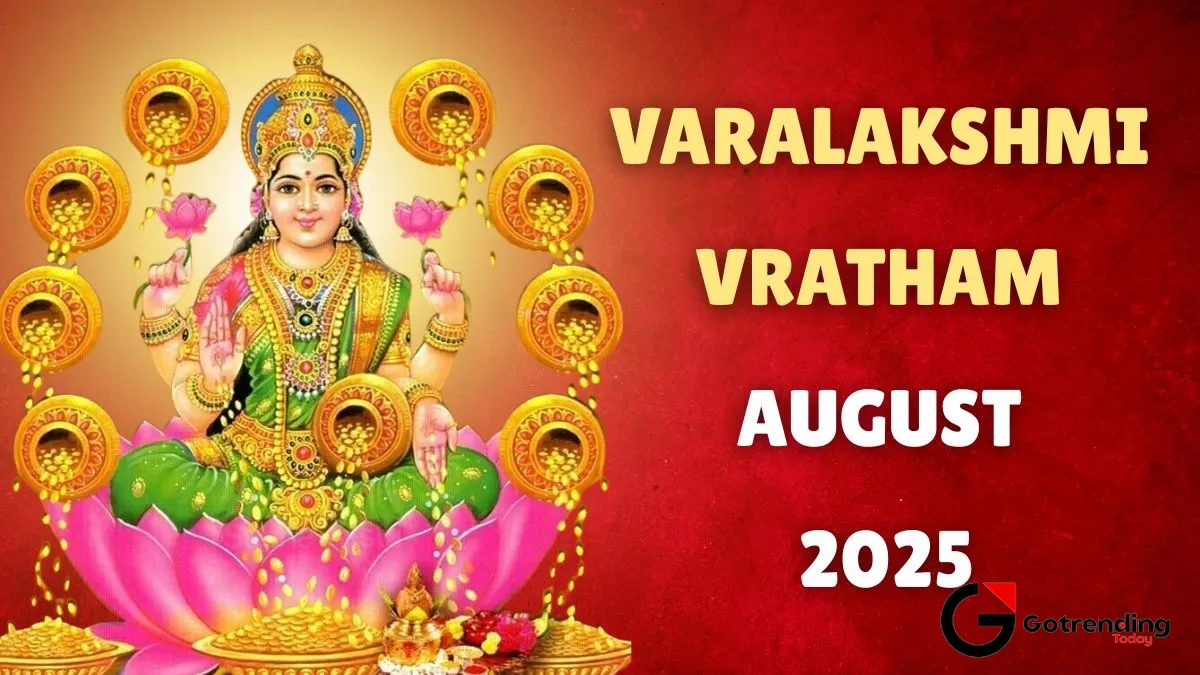
Let’s be honest, many religious rituals can feel very male-centric. Varalakshmi Vratam beautifully flips that script. This is a day that centres on the woman of the house.
She fasts, she decorates, she prepares the special offerings ( naivedyam ), and she leads the prayers. She is the one who invites other married women ( sumangalis ) in the evening, honouring them with turmeric, kumkum, and small gifts ( thamboolam ). This act of honouring other women is crucial it’s a celebration of sisterhood and collective feminine energy.
In a way, the Vratam acknowledges the woman as the ‘Griha Lakshmi’ the Lakshmi of the home. It’s a recognition that her well-being, her intentions, and her spiritual energy are fundamental to the prosperity of the entire family. It’s an empowering ritual that places her at the very heart of the family’s spiritual life, not as a passive participant, but as the primary conduit of divine blessings. The day is filled with a sense of community, something deeply felt during events in August across India.
Bringing the Tradition Home | A Modern, Mindful Approach
Okay, so this all sounds beautiful, but maybe a little intimidating. You’re a working woman, you have kids, and the idea of an elaborate, day-long ceremony feels impossible. I get it.
But here’s the secret: Goddess Lakshmi, especially in her ‘Vara’ form, is believed to value sincerity ( shraddha ) over spectacle. It’s not about how perfectly you tie the sari on the Kalasham or how many dishes you cook. It’s about the intention in your heart.
If you’re wondering how to do Varalakshmi pooja at home in a way that fits your life, here’s a mindful approach:
- Keep it Simple: You don’t need a silver Kalasham. A simple steel or copper pot works just as well. Can’t do an elaborate decoration? A clean space, a photo or idol of the Goddess, a lit lamp (diya), and a few fresh flowers are more than enough.
- Focus on the Feeling: Take a few moments of quiet. Think about the Ashta Lakshmis. What do you truly need in your life right now? Is it courage? Is it peace? Frame your prayers around that.
- A Simple Offering: A bowl of kheer (payasam) or even just some jaggery and fruit offered with a sincere heart is a beautiful naivedyam.
- The Power of the Thread: During the pooja, a sacred yellow or red thread with nine knots (the charadu or nombu kayiru) is worshipped and then tied on the right wrist. This is a powerful part of the ritual, symbolizing the blessings of all eight Lakshmis. Don’t skip this if you can help it.
The point is to connect with the tradition in a way that feels authentic to you, not to get stressed about “getting it right.”
Your Varalakshmi Vratam Questions, Answered
When is Varalakshmi Vratam in 2024?
The festival will be celebrated on Friday, August 16, 2024. The pooja is usually performed during a specific auspicious time (muhurtham), so it’s a good idea to check a local calendar for the precise timings in your city.
Can unmarried women or working women perform the Vratam?
Traditionally, it is performed by married women for the well-being of their husbands and family. However, practices are evolving. Many families now encourage unmarried daughters to participate or observe the fast alongside their mothers to learn the traditions and pray for a good future. For working women, the key is sincerity. A heartfelt, simplified pooja in the morning or evening is just as valid.
What if I can’t do the full, elaborate pooja?
Don’t worry! As mentioned, sincerity trumps everything. The simplest form of observance is to keep a clean home, light a lamp in front of a picture of Goddess Lakshmi, chant her name or a simple shloka (like the Lakshmi Ashtakam), and offer a simple prasad like fruit or milk. The spirit of the day is what matters.
Why is a coconut used to represent the Goddess?
The coconut is considered one of the purest offerings in Hinduism. It is often called ‘Shri-phal’ or the fruit of the Gods. Its three eyes are sometimes associated with Lord Shiva. Placed on the Kalasham, it symbolizes the divine consciousness, purity, and a selfless offering. For more on the goddess, theWikipedia page on Lakshmiis a great resource.
Is it mandatory to invite other women (sumangalis)?
It is a highly recommended and beautiful part of the tradition, as it fosters community and celebrates collective feminine energy. However, if circumstances prevent you from doing so, it doesn’t invalidate your pooja. You can still perform the Vratam with full devotion for your family.
Ultimately, Varalakshmi Vratam is a day to pause our relentless chase for what we think we want and instead cultivate gratitude for what truly matters. It’s a divine reset button, a reminder that real, lasting abundance is a rich tapestry woven from threads of courage, wisdom, health, love, and, yes, a little bit of wealth too. It’s an ancient tradition that, in our chaotic modern world, offers a clear and beautiful path to a truly prosperous life.
